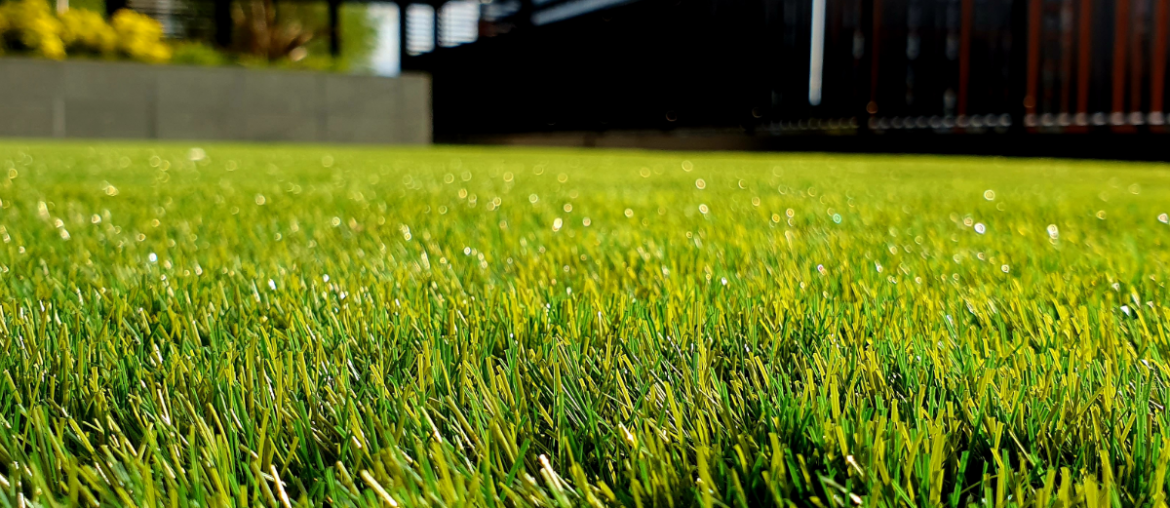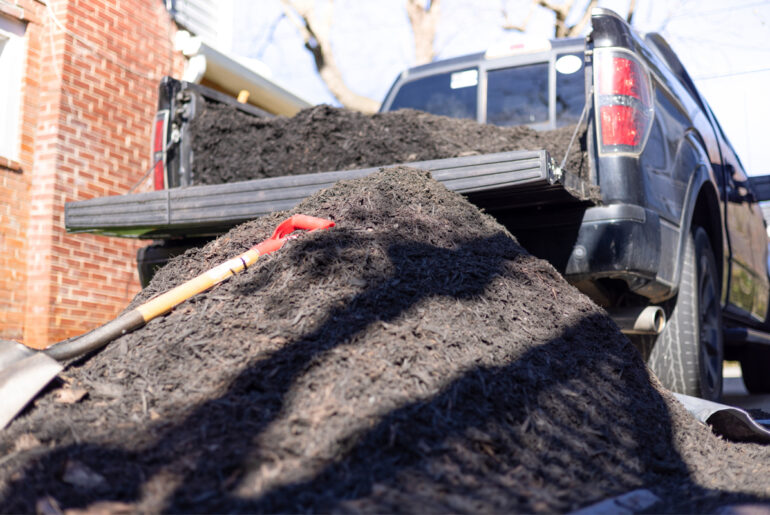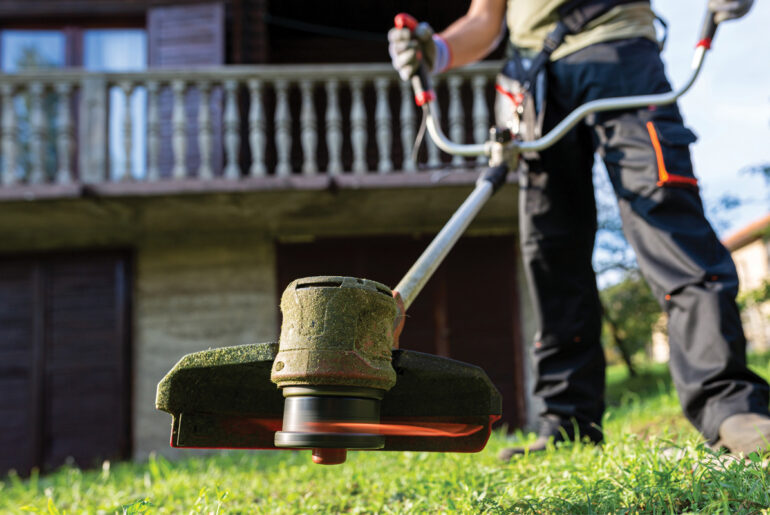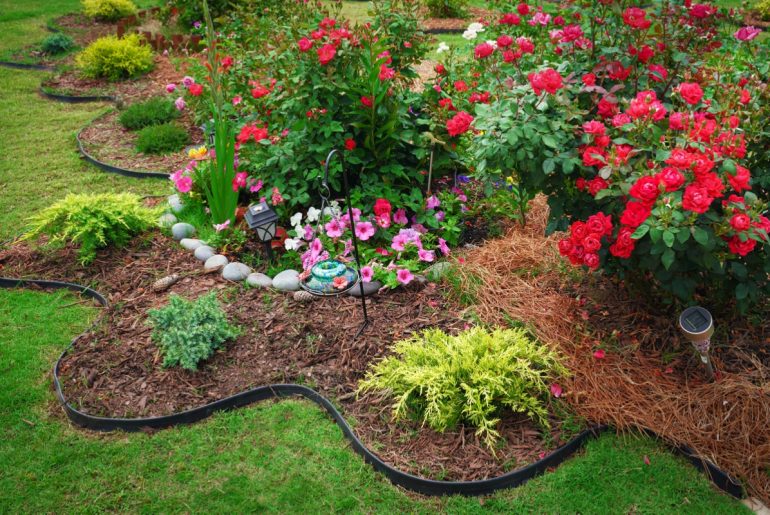Planning projects may seem like the most overwhelming aspect of landscaping, and finally having a solid plan can help ease those stressors. However, now you must consider which projects to execute first, and this can be as equally overwhelming as the planning stage. Not having a landscaping plan is a common mistake made by both professionals and homeowners. Landscaping companies and clients must work together in order to best execute projects that will benefit both the client and the company.
For a client, hiring a team of professionals that can help you set priorities for your landscaping projects may help you save money in the long run and make the whole process run smoother.
For landscaping companies, working with a client to set priorities and understand the scope of their goals and projects can be a great way to retain clients, obtain business reviews, and implement efficient scheduling and billing to keep teams busy and revenue flowing.
This guide can help people accomplish these projects, whether they are clients looking to do it themselves, or are landscaping companies helping their clients achieve their landscaping goals.
Consider Costs
One aspect to consider is the cost of the project. If there is a budget for the entire landscaping goal, it may be prudent to save the more expensive projects for last. Of course, if the project is important, like replacing a roof or floor, then the project should take precedence. Other expensive landscaping projects include:
- Pool installations;
- Outdoor kitchens;
- Deck constructions;
- Replaced walkways;
- Artificial turf installation;
- Land clearing;
- Water feature installation.
Less expensive landscaping projects include:
- Routine lawn care and maintenance;
- Mulching;
- Tree trimming and removal;
- Gravel or Pea Gravel installation;
- Gardening.
By prioritizing less expensive projects, homeowners can start to enjoy some of the landscaping benefits before contributing more money, and companies could have the opportunity to upsell if the client is pleased with their work and ready to tackle larger projects. Additionally, many real estate agents believe a homeowner should spend 10-15% of their house’s value on landscaping. By keeping projects within this cost window, homeowners can effectively boost the value of their property.
Determine the Level of Project Difficulty
Some people may choose to accomplish the more difficult tasks first to get them out of the way. This can help combat stress, as the projects that take the most time and effort are already done with. On the other hand, some people may want to complete the easier landscaping projects first in order to enjoy them before diving into more difficult projects. Whether you choose to start with the easiest or the most difficult project, the landscaping plan should be established to determine where to start.
Examples of more difficult landscaping projects include:
- Tree removal;
- Landscaping design;
- Landscaping installation from scratch;
- Hardscape projects.
It’s important to note that the level of project difficulty will depend on how big the project is, what features you want to be included, whether your project requires maintenance, and what type of style you are envisioning. The current season may also dictate the type of lawn care services companies will provide.
Estimate How Much Time You Will Need to Accomplish Each Project
While some projects may not be difficult, they can be time-consuming. If you are a client, many landscaping companies charge by the hour, so if you are using one, you’ll want to determine which plans take the longest. You can prioritize which projects will take the longest and work with the client in order to stick with their timeline and budget.
Examples of time-consuming landscaping projects include:
- New landscaping installation;
- Concrete patio installation;
- Sprinkler repair and installation;
- Hardscaping projects.
It’s important to note that if you have a big yard, the cost of your landscaping project will likely be bigger.
Evaluate Potential Risks
Often clients invest in landscaping because some aspect of their yard is a potential hazard. These can include:
- Large holes in the yard;
- Trees with roots growing into the foundation of the house;
- Drainage repair;
- Firescaping.
If these projects are not prioritized, they could cause more damage and money over time. For instance, if your sprinkler system needs replacing because it is leaking into your basement, it’s better to get that project done sooner rather than later because water damage to your house can cause serious health risks. Additionally, water-logged basements and lawns can increase the potential for pests and infestations. These kinds of variables may implicate other specialists who can help with pest mitigation and removal. In this case, it’s more important to set up a pest control schedule to eradicate insects that could pose a threat to your health and your landscaping, and coordinate this schedule with everyone involved to avoid overlapping projects and workdays.
Remember Why You’re Doing the Project
Keeping your goals in mind can also help prioritize your landscaping projects. As you determine which project to start with, consider the following:
- Are you making cosmetic changes to your yard?
- Are you preparing for an event in your home?
- Are you trying to save the integrity of your yard?
Whatever the reason, you should distinguish which reason is most important to you and accomplish that task first. For instance, if you are planning a get-together in the summer but your patio isn’t finished, you might want to prioritize that project before another.
It may also be important to know who will be using your yard when it is completed. Different spaces can accommodate different people. Pets, for example, can dig up important softscape additions, so it might be important to prioritize more hardscape projects for now. Additionally, if you have kids that routinely use the backyard, then you might prioritize easier projects so they can still enjoy the outdoors.
No matter in which order you decide to work on your projects, prioritizing your landscaping can help decrease stress and create a more pragmatic and smoother process for everyone.




